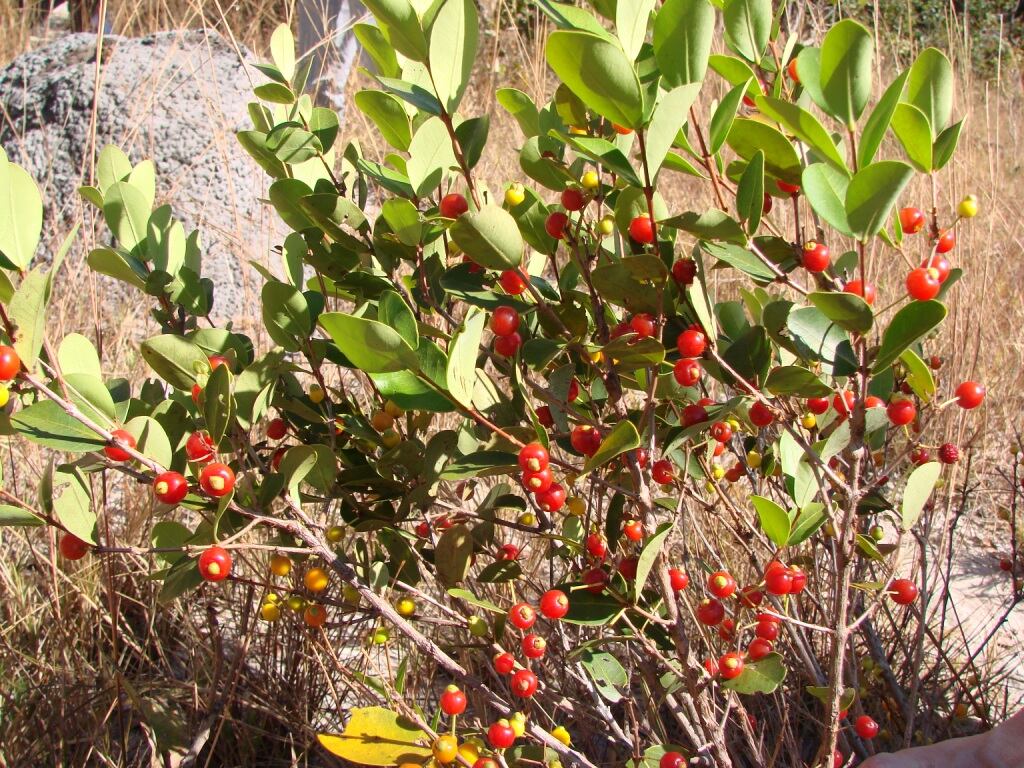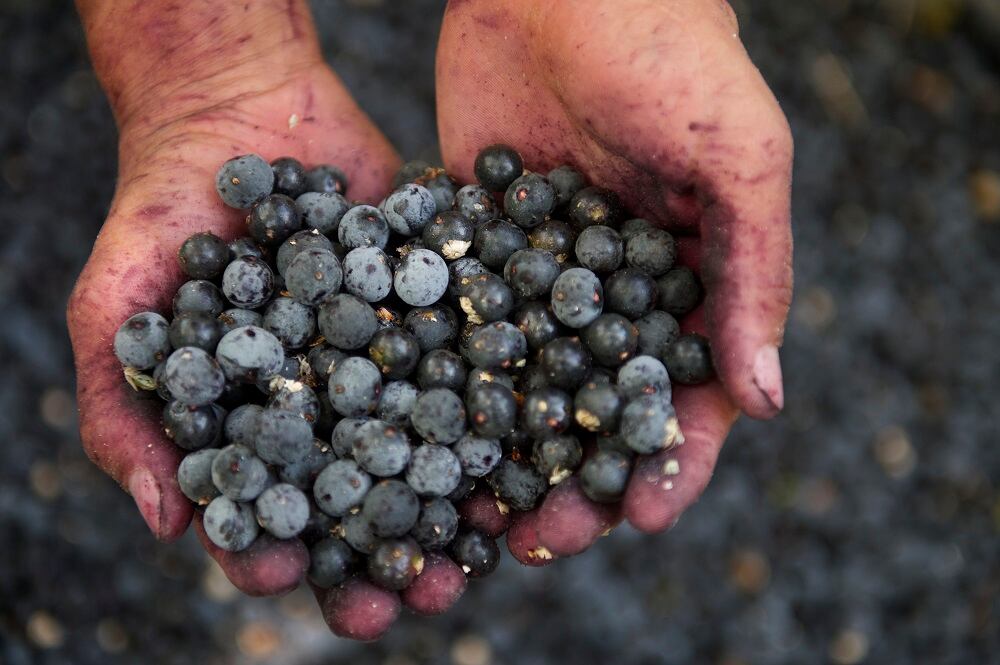Writing in Food Research International, researchers from the Federal University of Amazonas and other universities and institutes in Brazil investigated the chemical, antioxidant and antiglycant properties of the “fruitful, shrubby Amazon species” pedra-ume caá cherry (Eugenia punicifolia).
Part of the Myrtaceae family, pedra-ume caá fruit is known and used in traditional medicine to treat diabetes, the researchers said, because its leaves were high in hypoglycemic action. However, the bioactive compounds of the fruit pulp and seeds, they said, had never been thoroughly investigated. The aim of this research, therefore, was to analyze the fruit's compounds, placing particular interest on different maturation stages of the fruit and the influence of manipulation and ingestion had on these compounds.
Analysis showed the fruits contained eleven organic compounds. In terms maturation, “the most pronounced antioxidant potential” and main peaks of quercitrin – a glycosylated flavonoid with antiglycant activity – were identified in the pulp during the intermediate stage of maturation when fruits were yellow in color. Fruits at the green maturation stage, just ahead of yellow, also showed high antioxidant properties.
The yellow fruits were then selected to obtain juice extracts which was then encapsulated using maltodextrins of different dextrose equivalent and tested for antiglycant and antioxidant capacity.
Advanced glycation end products (AGEs) are non-enzymatic modifications of proteins or lipids after exposure to sugars. They forms in the presence of excess blood sugar, and naturally as we age, so reducing the formation of AGEs may support healthy aging and may even prolong lifespan.
'Efficient encapsulation'

After testing, the researchers said they had successfully developed “an efficient wall material” to encapsulate pedra-ume caá fruit juice which aimed to preserve the antioxidant and antiglycant activities of this cherry.
Specifically, the most efficient encapsulation was achieved through “highly hydrolyzed” maltodexrins as the wall material – what they labeled AM30. The encapsulation efficiency and retention efficiency were 89.7% and 97.6%, respectively, when using this wall material.
“The results showed that the AM30 maximized polyphenolic compounds content in the juice probably due to the higher hydrolyzed maltodextrins, which presents smaller chains that can better occupy the pores of the alginate beads, and thereby optimize the encapsulation process.”
The fact the pedra-ume caá fruit juice had been successfully encapsulated, they said, “may represent a promising alternative for the development of a nutraceutical product with antiglycant and antioxidant properties”.
Although they acknowledged more research would have to be carried out “to evaluate the stability of these systems as a function of time and release medium”.
Relevant times...
The researchers said these findings were particularly relevant at a time when life expectancy was increasing along with associated medical treatment costs.
“In this context, the use of natural sources represents an efficient alternative to obtain nutrients and bioactive compounds,” the researchers wrote.
Source: Food Research International
Published online ahead of print, doi: 10.1016/j.foodres.2019.05.042
Title: “Pedra-ume caá fruit: An Amazon cherry rich in phenolic compounds with antigylcant and antioxidant properties”
Authors: AS. Ramos et al.


